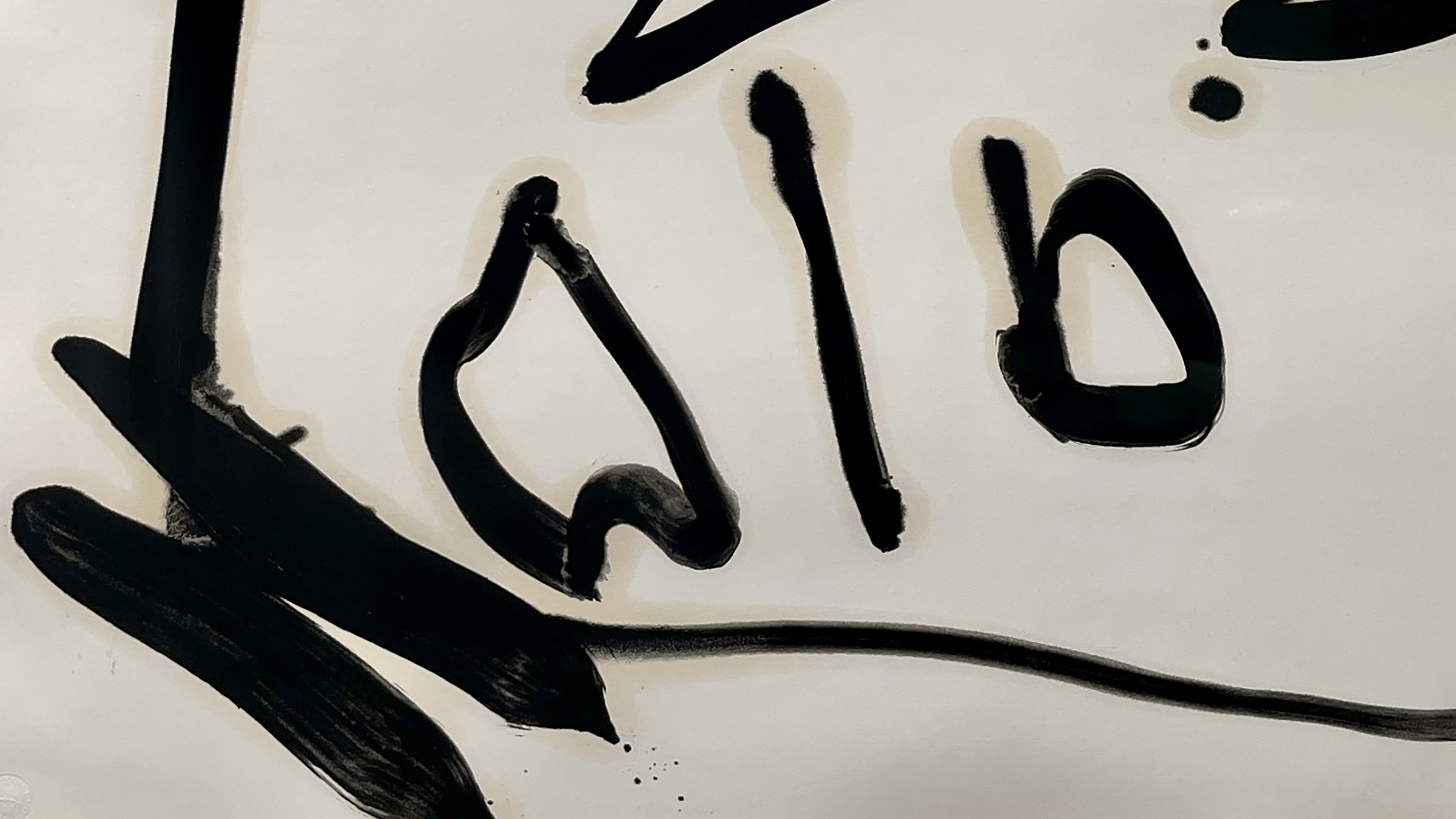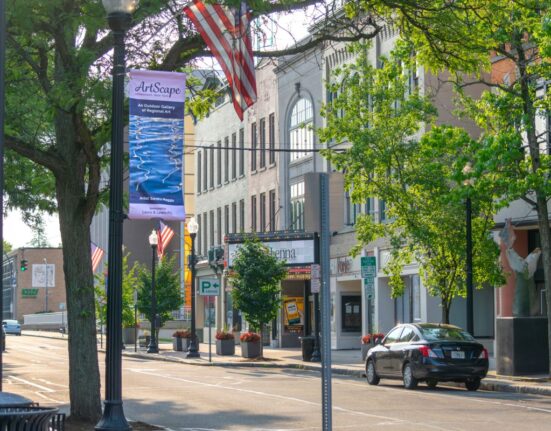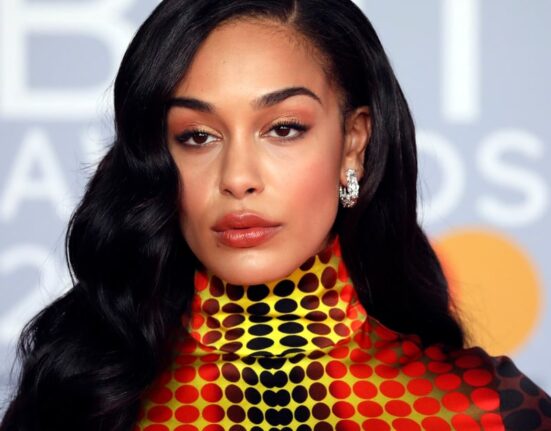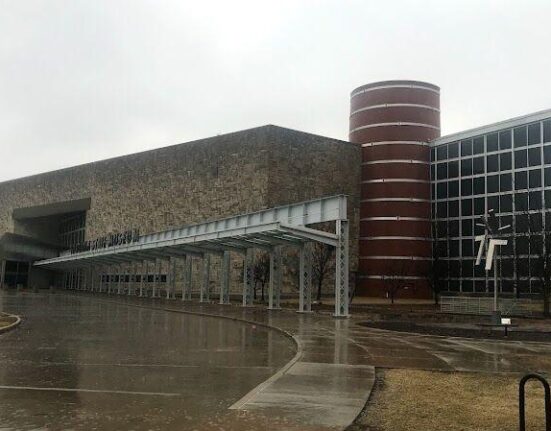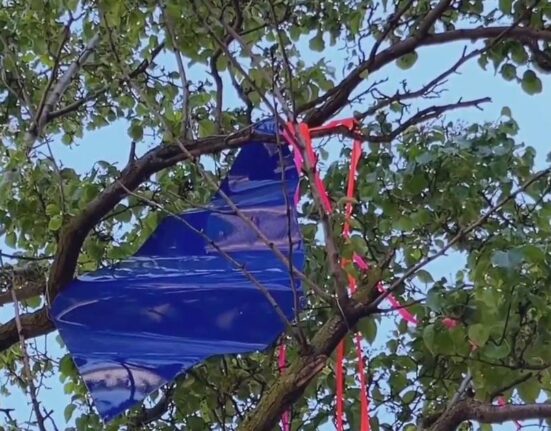Graham Shay 1857 presents two cohesive exhibitions, on view together in our main gallery showroom, for the 2024 edition of Master Drawings New York. The shows are on view through February 23.
The surreal, molten metal sculptures by Ibram Lassaw, spanning from 1950 through 1985, are intended to draw the viewer through and within. On the walls is a selection of modernist paintings, watercolors, collages, and drawings by other mid-century artists including Robert Motherwell, Stuart Davis, Mercedes Matter, Anna Walinska, Richard Serra, Willem de Kooning, Perle Fine, Louise Nevelson, Jimmy Ernst, Mary Abbott, and Hans Hofmann.
Highlights from the paintings portion are a 1979 oil sketch “Drunk With Turpentine” by Robert Motherwell, the final study for his finished painting “White Sanctuary” (1981). Similarly included amongst three Stuart Davis drawings is a sketch for his painting “Flags” (1931). The New York modernist Anna Walinska is represented by a black and white oil painting, “Tokyo Landscape” (1957), and a Shan paper collage “Figures” (1961). Canadian Jean-Paul Riopelle’s colorful expressionist “Landscape” (c. 1958) is another feature.
Ibram Lassaw is represented by seven unique sculptures. He was among the earliest American sculptors to work in abstraction, beginning in 1933. A charter member of the Clay Club in 1934 (now SculptureCenter) and American Abstract Artists in 1937, he presented work at both annuals. Further exhibitions were held at the Whitney Museum of American Art (1951) and at Kootz Gallery, New York (1952–58). The Museum of Modern Art also included Lassaw in several exhibitions, including the influential Twelve Americans, in 1956. Other institutions that have featured the artist include the Heckscher Museum of Art, Huntington, New York (1973), Guild Hall Museum, East Hampton, New York (1988), and Figge Art Museum, Davenport, Iowa (2023).
Throughout his career, Ibram Lassaw made open space a primary material in his art. Working in modes of Surrealism and Abstract Expressionism, molten metal was an ideal medium for the image he sought. In his action sculptures, images are drawn from the metal itself: a wire core overlayed with globs of molten bronze or other alloys. In welding, changing from one alloy to another achieves a variety of surfaces, colors, and textures. The process and materials vary, including brass, nickel-silver, stainless steel, bronze, iron, manganese, silicon, and tin. Color is prized and created by treating the metals with salts, acids, and alkalis, achieving greens, blues, and other colors.
To learn more about the exhibitions, visit masterdrawingsnewyork.com.

